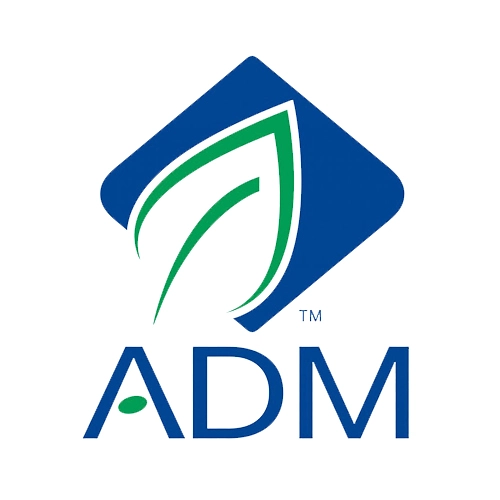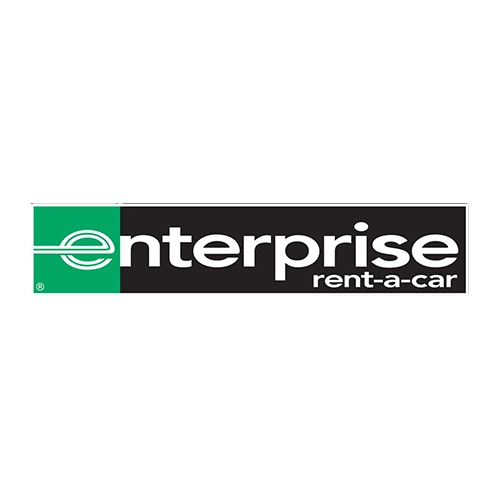
The Digital Speed Limit Sign: A Guide to Understanding Your Speed
Have you ever found yourself driving down the highway, glancing up at the speed limit sign, and wondering why it seems like everyone else on the road is going faster than you? Or perhaps you’re the type of driver who likes to push the limits, testing just how fast you can go before getting caught by those pesky speed cameras.
Well, wonder no more! We’re going to take a deep dive into the world of digital speed limit signs and explore everything you need to know about understanding your speed. From the history of speed limit signs to the latest technology used to measure your velocity, we’ve got you covered. So buckle up, folks, because we’re about to embark on a thrilling ride through the wild world of speed limits!
History of Speed Limit Signs
Believe it or not, speed limit signs have been around for over a century. The first speed limit sign was erected in the United Kingdom back in 1861, restricting horse-drawn vehicles to a mere 2 mph (3.2 km/h) in urban areas. As cars became more commonplace, speed limits gradually increased, but it wasn’t until the 1970s that electronic speed limit signs began popping up along highways.
These early digital signs were basic, displaying only the speed limit and occasionally showing a warning message. But with advancements in technology, today’s digital speed limit signs are far more sophisticated, capable of detecting your speed, displaying real-time traffic updates, and even issuing fines via automated cameras.
How Do Digital Speed Limit Signs Work?
So, how exactly do these digital speed limit signs work their magic? It all starts with a device called a radar sensor, which uses radio waves to measure the distance between the sign and approaching vehicles. By calculating the time it takes for the radar signal to bounce back off the vehicle, the sign can determine the vehicle’s speed with impressive accuracy.
Some digital speed limit signs also utilize cameras to snap photos of speeding violators, while others rely on wireless communication systems to transmit data to nearby traffic management centers.
Benefits of Digital Speed Limit Signs
But why bother with digital speed limit signs in the first place? What advantages do they offer over traditional static signs? For starters, digital signs can display real-time information, allowing drivers to adjust their speeds according to current road conditions.
They can also provide vital details such as lane closures, construction delays, and accidents ahead, helping motorists navigate the roads safely. And let’s not forget the environmental benefits – by reducing the need for physical signs, digital displays minimize waste and energy consumption. Plus, they’re much harder to ignore than traditional signs since they’re designed to grab your attention with bright lights and bold messages.
Common Mistakes to Avoid
First and foremost, never assume the speed limit sign is wrong. We know it’s tempting to think the sign must be malfunctioning when it says you’re exceeding the limit but trust us, those things are pretty accurate. Secondly, don’t try to outsmart the system by slowing down momentarily when passing the sign, only to accelerate again afterward.
Not only is this dangerous, but many digital signs come equipped with sensors that can detect rapid deceleration followed by acceleration, flagging you for further scrutiny. Lastly, please don’t attempt to tamper with or vandalize the sign. Not only is it illegal, but it puts other drivers at risk and won’t save you from getting a ticket anyway.
Conclusion
Whether you’re a lead foot or a cautious driver, these futuristic signs play a crucial role in maintaining safety on our roads. Remember, respect the limit, and you’ll avoid hefty fines, endangerment of yourself and others, and maybe even a few gray hairs from excessive stress.
FAQ’s
Q1. What are the digital speed limit signs for?
Ans: Digital speed limit signs are used to display current speed limits to drivers, helping them adhere to the prescribed speed for safety and legal compliance.
Q2. What does a speed limit sign describe?
Ans: A speed limit sign describes the maximum allowed speed for vehicles on a specific stretch of road, ensuring safe and orderly traffic flow.
Q3. Can you speed up when you see the speed limit sign?
Ans: No, you should not speed up when you see a speed limit sign. Instead, you should adjust your speed to match the indicated limit promptly.
Q4. What is the digital speed limit?
Answer: The digital speed limit refers to the real-time display of speed limits on digital signs, which can change dynamically based on traffic conditions or other factors.
Q5. How accurate are radar speed signs?
Answer: Radar speed signs are generally quite accurate, providing reliable measurements of a vehicle’s speed by using radar technology.
Q6. How do speed check signs work?
Answer: Speed check signs work by using radar or laser technology to measure a vehicle’s speed and then display it to the driver as a reminder to adhere to the posted speed limit.





















